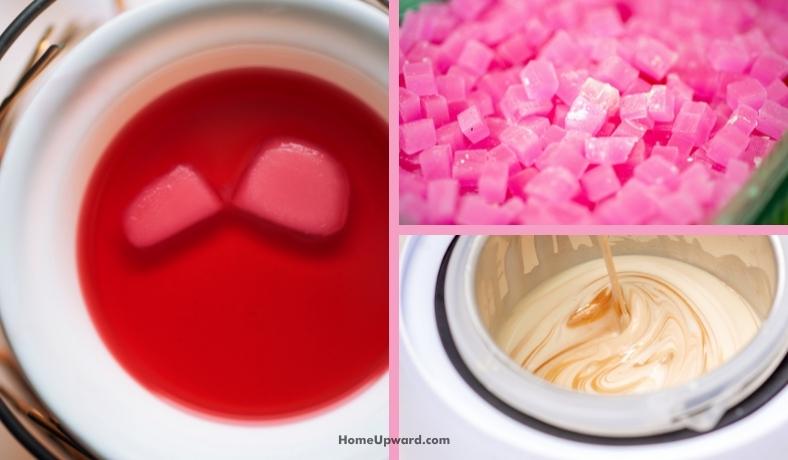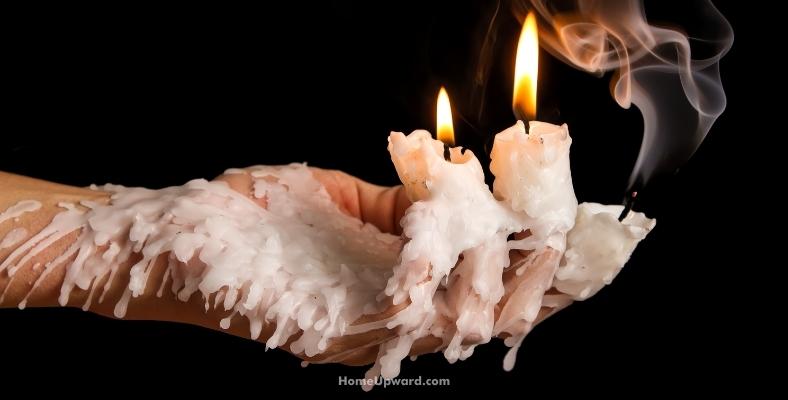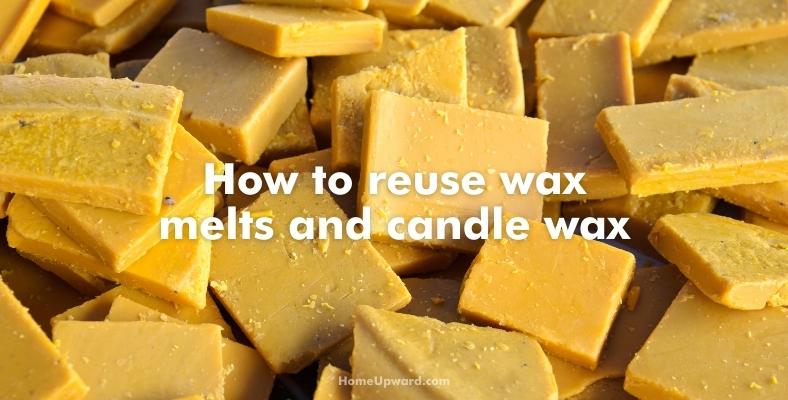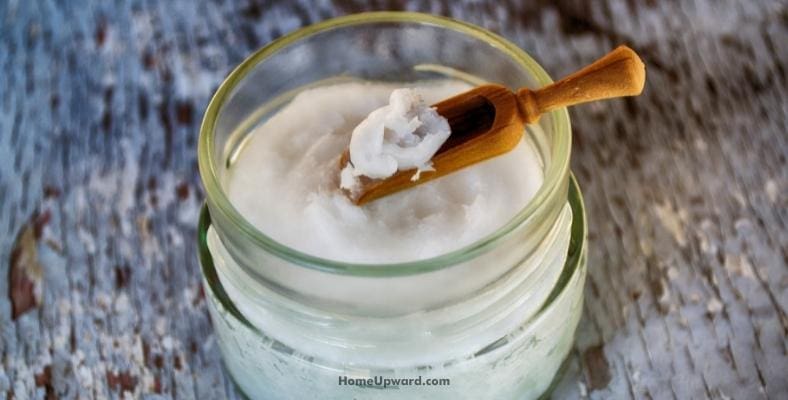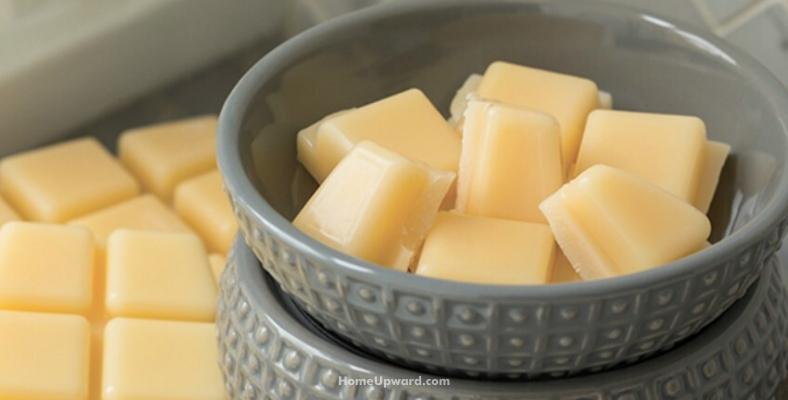Contents
Can You Reuse Wax Melts?
Buying candles from places like Yankee Candle can get expensive, so you’re no doubt wondering—can you reuse wax melts instead?
Yes, you can. Since melted wax changes form but can’t evaporate, you can reuse the wax for as long as the fragrance remains strong.
How to Reuse Wax Melts and Candle Wax
Whether you’re working with paraffin wax, soy wax, or a different type, you can reuse wax melts. In fact, that’s what manufacturers make them for—since they don’t have a wick, you can heat them an indefinite number of times, and they’ll maintain their form in their dish.
You can also use the leftover wax from old candles. To do so, melt the wax in your candle jar and pour it into a smaller silicone dish that would fit warmers such as the Scentsy warmer.
What Do You Do With the Wax Once the Scent Is Gone?
The smell of essential oil in wax melts doesn’t last forever. So, once you use them so much that their fragrance oil disappears, you can either treat the wax in its dish or remove it altogether. You can do the latter in one of two ways:
- The warm method
- The freezer method
For the warm method, turn the warmer on when the wax is solid. Let the wax warm for a couple of minutes in its dish. Then, use a knife or spoon to remove the hard wax.
If you’re eager to repurpose your wax melts, you can stick a silicone dish in the freezer. Leave it there for about ten minutes, then press on the bottom of the container to encourage the wax to come loose.
Making New Wax Melts
An economical and environmentally friendly approach is to reuse wax melts, particularly soy-based ones. But can you reuse wax melts that don’t have any fragrance? Yes, you can.
To make new scented wax melts without removing them from the dish, simply add a few drops of your favorite essential oil into the wax. It’s best to do this when the wax is warm, and you’ll want to use an object like a toothpick to mix the oils into it.
Making New Wax Candles
Using old wax melts and leftover candle wax is an excellent option for making new candles. To do so, put the wax into a double boiler and let it melt. If the old candle wax and melts aren’t enough to form as big of a candle as you’d like, you can always add some wax cubes.
Take a wick and dip it into the melted wax. Let the wax dry, then set it in your candle jar-to-be. You can then start filling the jar with the melted wax, using a metal candle anchor to hold the wick in place.
As the wax cools, a depression will form around the wick, much like a cake that needs more baking. Use the remaining melted wax to fill it in.
How Much Wax Does It Take to Make Wax Melts?
The amount of wax you need to make wax melts depends on how large you want the melts to be. You can fill the dish with melted wax in the same amount you purchased it.
Alternatively, you can make smaller cubes of wax melts, using molds to form them into pretty shapes. These are ideal for gift-giving, as they’ll lose their shape after the first use.
How Often Should You Change the Wax in a Wax Warmer?
The frequency that you should change the wax in a warmer depends on how often you use it. For example, if you leave your wax warmer running all day, the scent will likely disappear after a week.
Alternatively, the scented candle wax may stay good for months if you only turn the wax warmer on a few days per week.
Will a Wax Melt Lose Its Scent When Uncovered?
If you’re wondering, “Can you reuse wax melts without them losing their scent in the open air?” the answer is a resounding yes. Science gives us the reason—uncovered liquids lose their fragrance faster than solids.
So, provided the new or old wax you use spends time as an uncovered solid, you don’t have to worry about it losing much of its scent.

